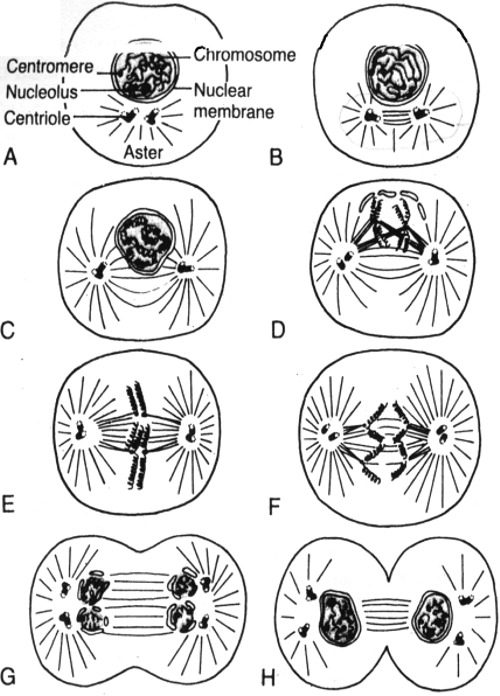 Fig. 13: | The life cycle of a cells is the period of time from cell reproduction to reproduction, when mammalian cells are not inhibited and are reproducing as rapidly as they can, this life cycle lasts for 10 to 30 hrs. It is terminated by a series of distinct physical events called metosis that cause division of the cell into two new daughter cells. The events of mitosis are illustrated in figure 11 (b). [134]
|
The actual state of mitosis, however, lasts for only about 30 minutes, so that more than 95 percent of life cycle even of rapidly reproducing cells is represented by the interval between mitosis called interphase. In fact, except in special conditions of rapid cellular reproduction, inhibitory factors almost always slow or stop the uninhibited life cycle of the cell. Therefore different cells of the body have life cycle periods that vary from as little as 10 hrs. for stimulated bone marrow cells to an entire life time of the human body for nerve and striated muscle cells.
|
The Jaina Doctrine of Karma And The Science Of Genetics: ▪ The Life Cycle Of The Cell
Author:
 Prof. Dr. Sohan Raj Tater
Prof. Dr. Sohan Raj Tater
 Prof. Dr. Sohan Raj Tater
Prof. Dr. Sohan Raj Tater
Published: 09.03.2009
Updated: 02.07.2015
Updated: 02.07.2015
Sources
 Doctoral Thesis, JVBU
Doctoral Thesis, JVBUPage glossary
Some texts contain footnotes and glossary entries. To distinguish between them, the links have different colors.
Page statistics
This page has been viewed 2131 times.